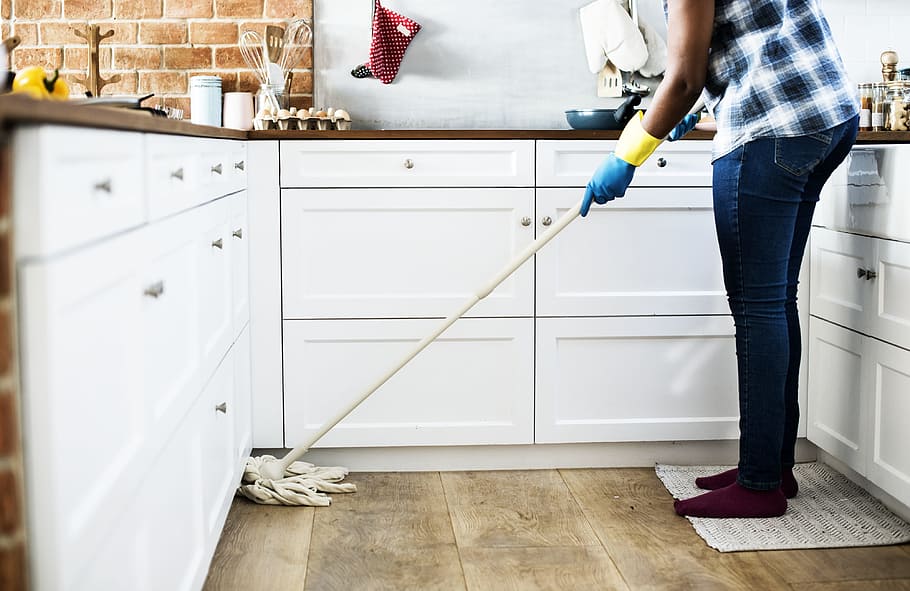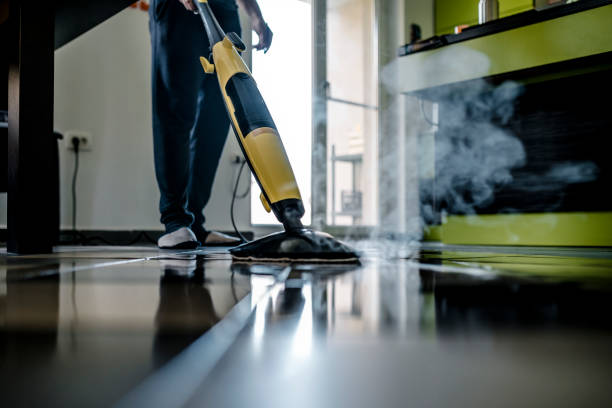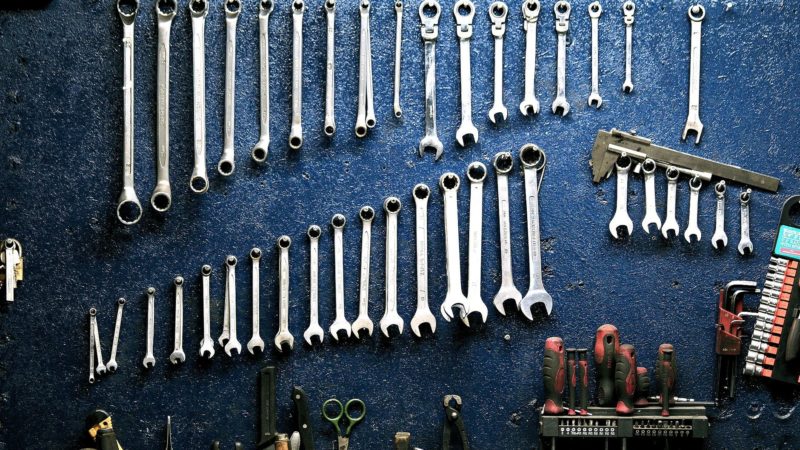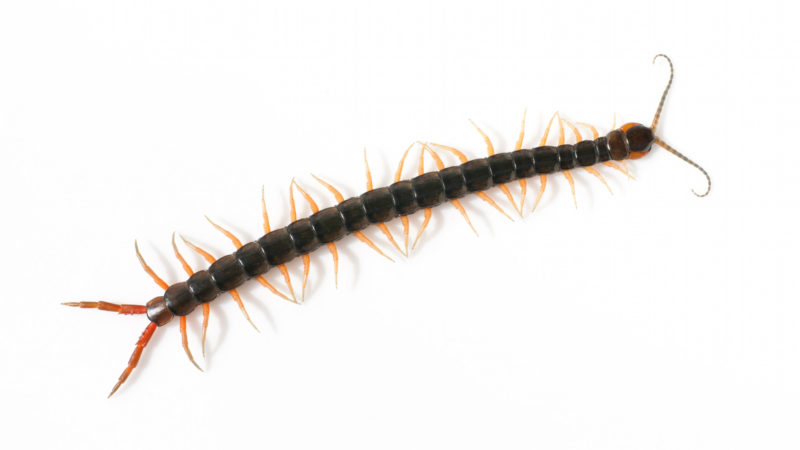How to Clean Your Kitchen Cabinets: Ultimate Guide to Clean Kitchen Cupboards and Cabinets

We all spend the majority of our time cleaning the floor tiles, counter, and sink every day, but what about the kitchen cabinets? We often ignore cleaning the cabinets. They collect dirt, grease, splatters, dust, and other residues the whole day, and over time this residue sticks to the surface, forming a glue-like substance that is difficult to clean. So how to clean your kitchen cabinets?
When you first installed your cabinets, they looked completely different from what they are now. You might be surprised to know how easy it is to make your cabinets look new and clean again. All you need to do is clean the layer of residue that has accumulated overtime on the exterior and interior. Here is an article with amazing tips to help you in cleaning your kitchen cabinets easily.
Why Clean Kitchen Cabinets?
Cleaning kitchen cabinets is an essential part of managing a clean kitchen and home. But do you know that if we keep our kitchen cabinets clean and keep them properly managed, they can last for a long time around 50 years? Yes, you read it right.
Cleaning kitchen cabinets can be a little bit tedious, but it is worth the effort. Cabinets that can last around 50 years can be really impressive.
However, if you do not maintain your kitchen cabinets properly, they can start tearing off after 20-30 years. And then soon you have to find the replacement.
Replacing and installing the new kitchen cabinets can cost around 60-70% of the total cost of the complete kitchen renovation. You will have to hire the right cabinet company for installation. Rather than spending money on replacing kitchen cabinets, it is better to keep your cabinets clean and manage them properly.
How Often to Clean Kitchen Cabinets?
All your kitchen cabinets need is simple and regular cleaning and maintenance. Ideally, you should clean the exterior of kitchen cabinets at least once a week. But you should deep clean the interior, every few months.
The thought of emptying the cabinets and then cleaning them might sound too much, but if you clean one cabinet at a time, it is quite easy.
Keep a list of cabinets that you have cleaned as you go. Make sure to clean the spots where you keep you drinking glasses, plates, and bowls.
Required Supplies
How to clean kitchen cupboards? Cleaning kitchen cabinets might sound like a tedious and daunting task, but we have simplified the process for you. Below mentioned are the supply that you would require for cleaning cabinets.
- Dish soap
- Cleaning cloth
- Cleaner with orange oil or cabinet cleaner
- Vacuum cleaner (optional)
- Baking soda (optional)
- Vinegar (optional)
Cleaning Exterior of Your Kitchen Cabinets
It is recommended to deep clean the kitchen cabinets once in a few months. Here are steps to clean the exterior of the kitchen cabinets.
Clean the Exterior Using Simple and Mild Solution
Different types of cabinets, like plastic laminate, vinyl cabinets, metal, and painted wood, can be cleaned using a mild cleaning solution. Make a solution by mixing warm water and dish soap. This solution is sufficient for removing dust, mild-grease buildup, food smudges from your cabinets. Dish soaps can work as a degreaser and can help in removing tough-build up on the exterior of your kitchen cabinets.
You can also use the all-purpose cleaner for cleaning the exterior of the cabinets. Dish soap is adequate to clean grease and can even remove stubborn buildups. Make sure to read the instructions before using the cleaner.
Tip – Before using an all-purpose cleaner, keep in mind to test it on a hidden spot in order to make sure that the cleaner would not damage the finish of your cabinet.
Clean from Top to Down
Begin with cleaning the cabinet from the top, and they move downwards for thoroughly cleaning your kitchen cabinet. In case of empty tough cabinets, you can directly spray the all-purpose cleaner on the surface of the cabinet.
Or, you can spray the cleaner on a cloth and then use it to wipe the cabinet Keep in mind to clean the sides and edges of the cabinets.
Rinse Thoroughly
Rinse the cabinets thoroughly using another clean cloth. Rinse it before the cabinet dries. Water present on the cabinet can cause damage to the cabinet and can discolor it.
Use Commercial Glass Cleaner for Cleaning Glass Cabinets
If you have mirror-faced or glass cabinets, use commercial glass cleaners. All you need to do is spray the cleaner on a clean, lint-free cloth and then wipe it. You can also use paper towels for the purpose of wiping the cabinet.
Keep in mind not to spray the cleaner directly on the mirror as it can seep into other parts of the cabinet like woodwork. It can even cause discoloration to the cabinet.
Clean Cabinet Handles
When cleaning the exterior of the cabinets, we often forget to clean the knob, handles, and pulls. It is essential to clean the handles as they are an important part of the cabinet. For cleaning metal hardware present on the wooden cabinets, use a toothbrush. Create a 50/50 solution of vinegar and warm water. Dip teh toothbrush in the solution and then scrub teh hardware using it.
Cleaning Interior of Your Kitchen Cabinets
After cleaning the exterior, the next step is to clean the interior of the kitchen cabinets. Now the question is how to wash kitchen cupboards? Below mentioned are the steps for cleaning the cabinet interior.
Vacuum the Cabinets
For cleaning the interior of the kitchen cabinets, the first step is to empty each cabinet. Start with the highest one. Remove any discolored shelf lining if required. In case the interior of the cabinets have a lot of residue and crumbs, then it would be better to vacuum after emptying them.
Wash the Interior
After vacuuming the interior, the next step is to wash the interior. In order to clean the interior, make a mild solution of mild detergent and warm water. Remove any grease buildup or residue using the solution. It will allow you to clean the interior appropriately.
Rinse it Thoroughly
After washing the interior, it is time to rinse it. Use a damp cloth to clean the interior. After this, wipe dry the cabinet using a dry cloth. Keep in mind that there should be no water left as it might cause damage to the surface of the cabinets.
Cleaning Cabinet Contents
In order to clean the cabinets completely, you should also clean the cabinet components. Use a solution of warm water and dish soap for thoroughly cleaning the items.
First of all, remove the dust present on the consent using a clean cloth. Now dampen the cloth with the solution and clean the contents with it.
If any items in the cabinet are expired, then throw them out. It will allow you to declutter the cabinets. Now dry the cabinet items. In order to allow the cabinet to full-dry, leave it open for around 1-2 hours. After that, place the content back to the cabinet.
Removing Grease Buildup
How to clean kitchen grease? Cleaning the grease buildup on the cabinets can be a tedious task. It is quite difficult to get rid of the stubborn buildups. Sometimes the grease buildup is so thick that it is easily visible but is not easy to remove. Below mentioned are some tips to clean it.
Orange Oil Cleaner – You can use an orange oil cleaner to clean the yellowish or orange sticky substance present on your cabinets. Spray the orange oil on the residue or apply it using a cotton pad. Let it sit on the residue for two to five minutes in order to let it penetrate the grease. After that, scrub to remove the residue. You might have to repeat it a few times to properly clean the residue.
Baking Soda and Water – Create a paste of water and baking soda. Apply it on the grease residue and let it sit for around two to five minutes. Now scrub it gently using a soft-bristled brush. It will help in removing the grease residue thoroughly.
Magic Erasers – You can also use magic erasers to get rid of residue. Since magic erasers can also damage the finish of the surface, it is better to try them on a hidden surface in your cabinet.
Tip – Do not try to scrape away the grease residue as it might damage the finish of the cabinet.
Tips to Keep the Cabinets Clean
If you keep your cabinets clean, then you would not have to make a lot of effort to deep clean the cabinets. Moreover, it will also help you in managing the cabinets in good condition. Below mentioned are some tips to keep the cabinet clean.
- Do the dusting of your kitchen cabinets at least once every week. Use a standard duster, soft cloth, or rag for the purpose of dusting. It will reduce the need for deep cleaning.
- Use a damp cloth or sponge to clean spills. Keep in mind to clean the spill on the cabinet as soon as they happen. The longer any substance stays on your cabinet, the greater are the chances that it will form difficult-to-remove stains. It can also cause any other damage to the cabinet.
- Cabinets that are installed near an oven are more likely to damage from the intense heat. To avoid this, during cleaning, remove the drawers and doors from all the cabinets that present adjacent to or above the oven.
- Always put the heat-producing substance like a toaster or coffee maker away from the cabinets. Too much moisture or heat can cause damage to the surface of the cabinets.
Dos and Don’ts of Cleaning Kitchen Cabinets
Cleaning kitchen cabinets is a bit tedious task, but it does not require potentially toxic chemicals. Whether your kitchen cabinets have finished wood or they are painted, using household items can help in cleaning them.
You need to take care of a few things so that you do not end up damaging the cabinets’ surface while cleaning it. Here are some do’s and don’ts that you need to know for cleaning the cabinets without causing any damage to them.
Do Use a Mild Cleaning Solution
You should clean the kitchen cabinets using a mild solution. If you use any strong chemical solution, it might cause damage to the cabinet’s surface.
Do Clean Tight Spots Using an Old Toothbrush
While cleaning the cabinets, do not avoid the tight spots because they are difficult to reach. Clean the tight spots using an old toothbrush. Don’t forget to clean the areas that are present around knobs, handles, and cabinet doors.
Do Dry the Cabinets
After deep cleaning the cabinets, always keep in mind to dry the cabinets. If you close the cabinets while they are wet, it might cause a smell in the cabinet. It can also damage the cabinet’s surface.
Don’t Soak the Kitchen Cabinets
While cleaning the cabinets, never soak them. Spray the cleaning solution on a clean cloth until it’s damp. Do not drench the cleaning cloth. Soaking the cabinets might damage their surface and might also impact the finish.
Don’t Allow the Water to Run into Hinges
Though it is safe to use the cleaning solution on the painted or finished wood or laminates, it should not be allowed to run into the hinges of the cabinets. It might cause rusting to the hardware. In order to clean the metal, items use only a few drops of cleaning solution.
Don’t Forget to Clean the Glass
If you have glass insets on your cabinets, do not forget to clean them. Clean them using a mild vinegar mixture. You can also use commercial glass cleaners. Do not use any abrasive substance for cleaning the glass.
Don’t Skip Periodic Cleaning
If you want to keep your cabinet clean and in good condition, do not skip periodic cleaning. Empty the cabinets completely and then clean the shelves inside and out appropriately. It will not only help in managing the cabinets in good condition but will also increase their life.
Final Words
Cleaning kitchen cabinets can be tedious, but following the above-mentioned tips on how to clean kitchen cabinets can help you in deep cleaning the cabinets.
In order to clean your kitchen completely, make sure to clean the sink drain and floor tiles appropriately. It will help you in managing a clean and healthy kitchen. If you find the above-mentioned information helpful, drop a comment.






